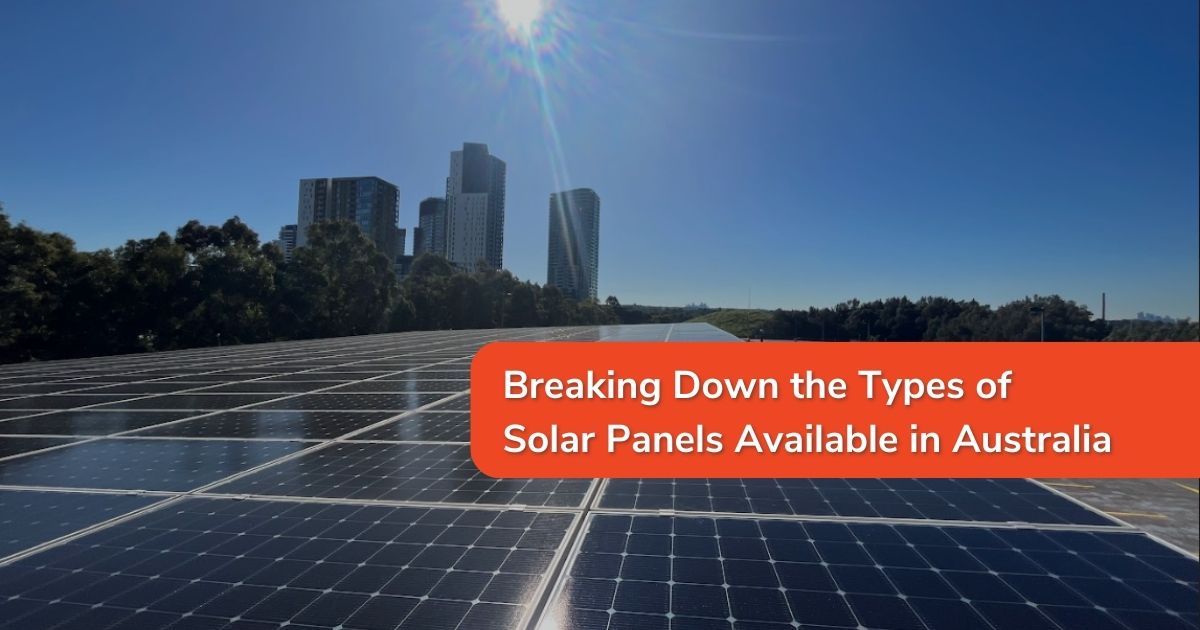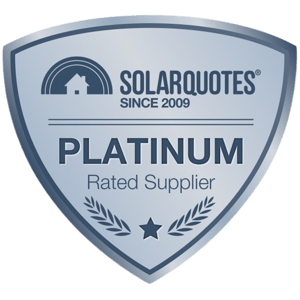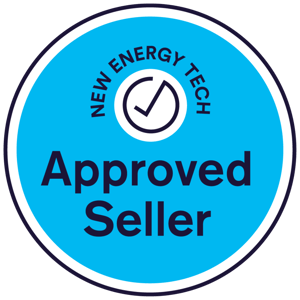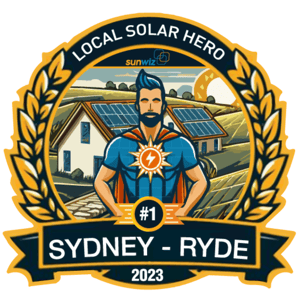Breaking Down the Types of Solar Panels Available in Australia

Australia is sunny for much of the year, making it an ideal location for harnessing solar energy. As households and businesses move towards more sustainable energy practices, the solar industry continues to boom, offering consumers a range of options to capture the power of the sun. But with the variety of solar panels on the market, choosing the best one for your situation can be overwhelming. Let's delve into the different types of solar panels available in Australia to help you make an informed decision about your transition to renewable energy.
Monocrystalline Solar Panels
Monocrystalline solar panels are recognizable by their black hue and rounded corners. They are made from silicon ingots that are cut into thin slices to produce the individual cells. These panels are known for their high efficiency and sleek aesthetics, making them a popular choice for many Australian consumers.
Characteristics of Monocrystalline Panels
- Efficiency: These panels are amongst the most efficient, converting a higher percentage of sunlight into energy.
- Space: They typically require less space than other types due to their high efficiency, which is ideal for rooftop installations with limited space.
- Longevity: Monocrystalline panels are incredibly durable and often come with a 25-year power output warranty.
Pros
- High efficiency
- Long lifespan
- High performance in low-light conditions
Cons
- Higher cost compared to other types
- Performance can be affected by shade or dirt more than others
Polycrystalline Solar Panels
Polycrystalline solar panels, often referred to as "poly" panels, are a more recent development. They are made from silicon fragments that are melted together to form the cells, giving them their characteristic blue speckled appearance.
Characteristics of Polycrystalline Panels
- Efficiency: These panels have a lower efficiency than monocrystalline, but technological advancements are closing the gap.
- Cost-Effectiveness: Poly panels are often more affordable due to a simplified production process.
- Heat Tolerance: They perform better than monocrystalline panels in high temperatures.
Pros
- Lower cost compared to monocrystalline
- Performing better in high-temperature environments
Cons
- Generally lower efficiency than monocrystalline
- Require a larger installation area
Thin-Film Solar Panels
Thin-film solar panels are lighter and more flexible than their crystalline counterparts, making them easier to install in a wider range of settings. This type of panel can be installed without glass, reducing weight and cost.
Characteristics of Thin-Film Panels
- Aesthetics: They can be made semi-transparent, allowing for creative applications like solar windows and skylights.
- Low-Light Performance: They work well in diffuse light and perform better in high-temperature conditions than crystalline panels.
- Low Production Cost: Their manufacturing process is simpler and uses fewer materials, making them a cost-effective option.
Pros
- Lightweight and flexible
- Good performance in high temperatures
Cons
- Lower efficiency than crystalline panels
- Require more space for the same power output
PERC Solar Panels
Passivated Emitter and Rear Cell (PERC) technology is a relatively new innovation in solar panel design. It improves on traditional monocrystalline structures by adding a passivation layer at the backside of the cell, which helps to capture more photons and increase efficiency.
Characteristics of PERC Panels
- Efficiency Enhancement: PERC technology reduces electron recombination, leading to an increase in the solar cell's efficiency.
- Durability: These panels often have a longer lifespan due to the added protective layer.
- Cost-Effectiveness: As technology advances, the production costs of PERC panels are expected to decrease.
Pros
- Increased efficiency compared to standard monocrystalline panels
- Longevity and durability due to the passivation layer
Cons
- Typically more expensive than traditional monocrystalline panels
- Still relatively new, so long-term performance data may not be as abundant
Factors to Consider when Choosing Solar Panels
Efficiency
The efficiency of a solar panel refers to how well it converts sunlight into electricity. High-efficiency panels may cost more initially but can lead to greater long-term savings by producing more power from the same amount of sunlight.
Cost
The cost of solar panels is typically a significant consideration for consumers. While it's essential to consider the upfront cost, it's also crucial to think about the long-term value, including energy savings and any potential government incentives or rebates.
Durability
Solar panels are an investment meant to last for decades. Durable panels can withstand harsh weather conditions and require less maintenance over time. Look for panels with a robust frame and a warranty that reflects their expected lifespan.
Maintenance
Regular maintenance can extend the life of your solar panels and ensure they operate at maximum efficiency. Consider the accessibility of your panels, the local climate, and the manufacturer's recommended maintenance schedule when selecting a type.
Conclusion
In conclusion, with sustainability and energy efficiency becoming ever more critical, the choice of solar panel is a decision that should be made with careful thought and consideration. Each type of solar panel has its own set of advantages and limitations, and the best option for you will depend on your unique circumstances and priorities.
If you're still unsure which type of solar panel is right for you, it's best to consult with a professional. Smart Energy Answers is here to guide you through the process and provide tailored solutions for your renewable energy journey. Embrace the power of the sun and take control of your energy future. Don't just go solar — go smart with Smart Energy Answers.
%20(1).png?width=265&height=96&name=www.smartenergyanswers.com.auhs-fshubfsSmart%20Energy%20Answers%20Logo%20(HIRES)%20(1).png)

.png?width=514&height=121&name=Tesla%20Powerwall%203%20(new).png)







